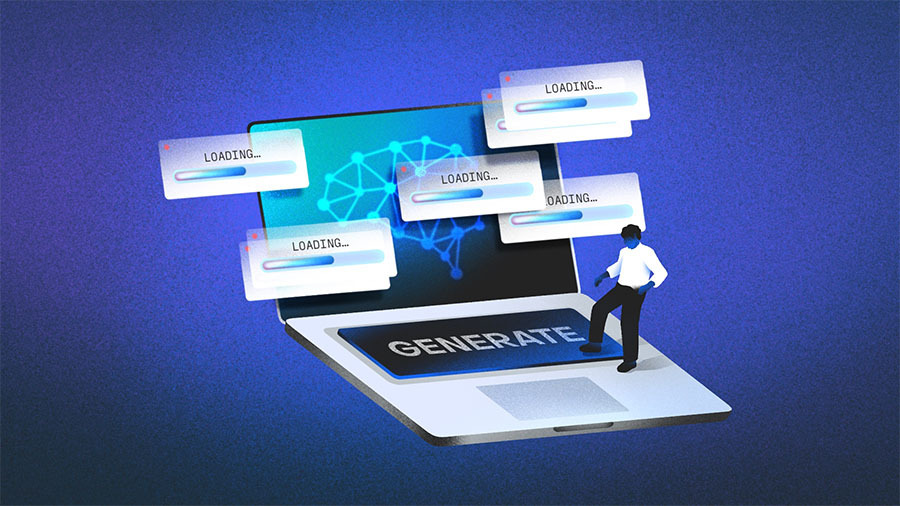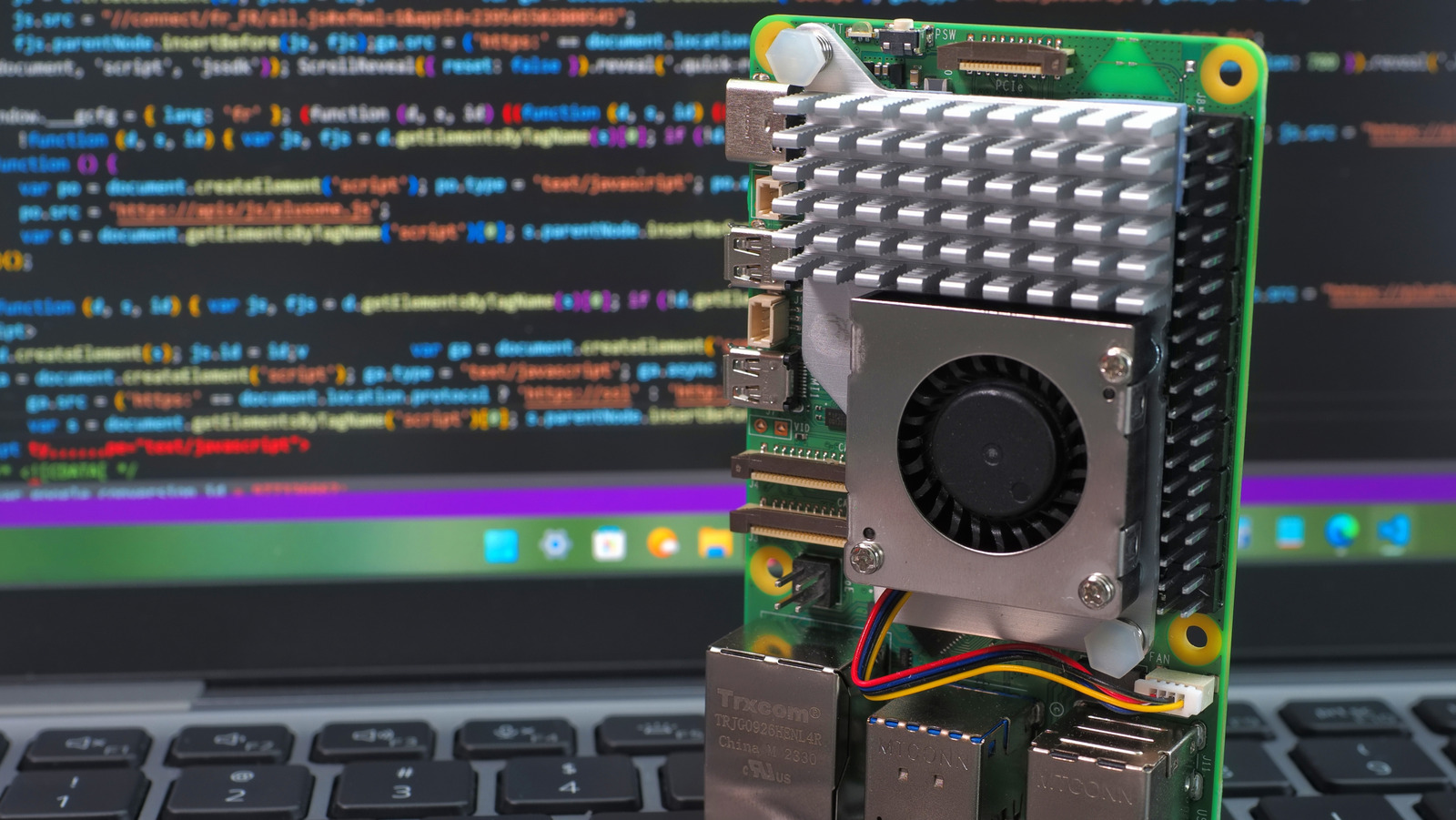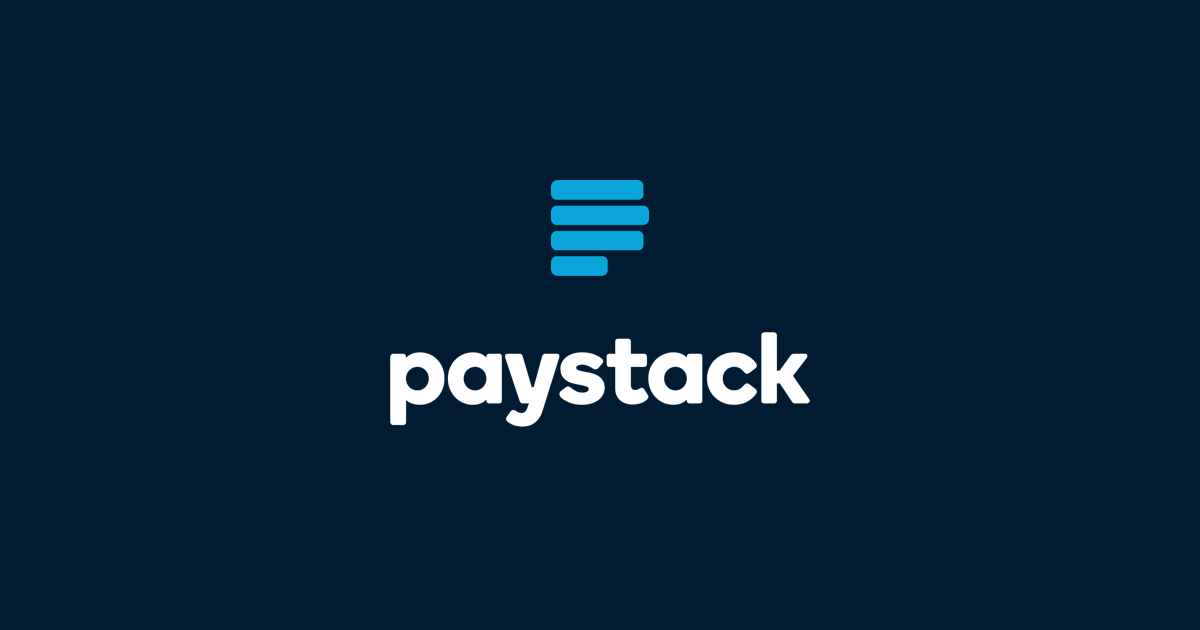Seventeen minutes from deployment to disaster. A system administrator deploys Microsoft’s July security update across 600 virtual desktops. By the time the second cup of coffee hits the breakroom, the phones are ringing.
By half past nine, the taskbars have vanished, the Start Menu won’t launch, and Explorer.exe is running in name only—a ghost process presiding over a digital graveyard.
This wasn’t a glitch. This was KB5062553, and Microsoft stayed silent about it for 135 days.
The Anatomy of Institutional Failure
Microsoft released KB5062553 on 8 July 2025 as a cumulative security update for Windows 11 version 24H2. What followed wasn’t a bug—it was systemic collapse dressed in update packaging.
The casualty list reads like an operating system’s vital organs shutting down one by one: StartMenuExperienceHost, System Settings, the Taskbar, Explorer.exe. Each component either crashed on launch or failed silently, leaving users staring at blank screens and administrators scrambling for explanations that wouldn’t arrive for four months.
Microsoft finally acknowledged the crisis on 20 November. Not in July when IT departments first reported the failures. Not in August when Reddit threads and Microsoft Q&A forums erupted with reproductions. November. After enterprises had already bled resources trying to diagnose what Microsoft knew all along.
The Technical Unraveling
The failure mechanism was almost elegant in its simplicity: a race condition at the heart of Windows’ modern architecture.
Three XAML dependency packages—Microsoft.Windows.Client.CBS, Microsoft.UI.Xaml.CBS, and Microsoft.Windows.Client.Core—needed to register before the Windows shell could load. KB5062553 broke that sequence. The shell showed up early, found the doors locked, and simply stopped functioning.
First-time user logons became minefields. Non-persistent VDI environments—where every login provisions a fresh session—turned into operational nightmares. Each logon retriggered the registration timing failure. Each user got a broken desktop. Every. Single. Time.
The symptoms manifested as black screens, phantom taskbars, Settings menus that clicked but never opened. One administrator described it as “Explorer.exe running but displaying sweet bugger all.” That captures it precisely.
The Enterprise Calculus: Choose Your Disaster
By June 2025, half of all enterprise Windows endpoints hadn’t migrated to Windows 11. Just 42% of very large organisations—those managing over 10,000 devices—had completed the transition.
The Americas sat at 43% completion despite 87% device readiness. Europe led at 70%. Different regions, different timelines, but the same brutal math.
Windows 11 Enterprise accounts for 90% of corporate Windows 11 deployments. When KB5062553 detonated, it hit where modern business actually operates: the virtual desktop infrastructure supporting 63% of organisations that now rely solely on Desktop as a Service for remote work.
The cloud-based VDI market is projected to reach $26.99 billion by 2034. Sixty-three percent of mid-sized companies are actively evaluating new VDI or DaaS solutions. Ninety-four percent plan implementation within a year. This wasn’t a niche edge case. This was an infrastructure collapse at the operational core.
Microsoft handed enterprises an impossible choice: deploy the security update and watch productivity crater, or hold back patches and risk audit failures.
For universities managing thousands of daily student logins, financial services firms with regulatory patching requirements, and healthcare providers balancing HIPAA compliance, KB5062553 didn’t offer solutions. It offered crises.
The Workaround Economy
Microsoft’s official response, documented in support article KB5072911, prescribed PowerShell commands to manually re-register the broken XAML packages. For individual machines, administrators could run the commands, restart the SiHost process, and move on.
For VDI environments experiencing failures at every login? Microsoft recommended synchronous logon scripts forcing Explorer.exe to wait whilst dependencies sorted themselves. The scripts add measurable delays to login times and operational complexity to what should be straightforward deployments.
These aren’t fixes. They’re economic impositions: increased logon times, scripting and testing efforts, helpdesk ticket surges, forced rollback plans.
The costs cascade through organisations managing thousands of endpoints, each one a reminder that Microsoft shipped code incapable of reliably registering its own dependencies.
The Silence Economy
Microsoft issued no public ETA for a permanent fix. No device-level impact counts. No transparent telemetry on scale. The institutional knowledge came from community forums, not official channels. Reddit threads documented the exact workarounds Microsoft would eventually publish months later.
This wasn’t transparency delayed. This was negligence dressed as “working on a resolution.”
The timing compounds the failure. Windows 10 reaches end-of-support in October 2025. Enterprises are racing against that deadline, navigating hardware requirements forcing device refreshes, wrestling with legacy application compatibility.
They cross the finish line into Windows 11 24H2 only to discover their freshly deployed environments can’t display a functioning Start Menu.
Windows 11 25H2 shares the same codebase as 24H2. The problem cascades forward, not backwards.
The Broader Fracture
KB5062553 wasn’t isolated. Nvidia pointed to Microsoft’s latest Patch Tuesday update today, citing game performance issues serious enough to warrant an emergency hotfix driver. This comes days after Microsoft’s Windows chief faced backlash over plans for a more agent-driven operating system.
Modern OS modularisation—breaking Windows into updateable AppX/XAML packages for faster servicing—sounds transformative until the modular components forget to synchronise.
Then you’re left with enterprises running jerry-rigged PowerShell scripts because foundational architecture can’t coordinate its own startup sequence.
What Remains
Somewhere right now, an administrator is staring at a blank taskbar, clutching cold coffee, recalculating career choices. The lesson isn’t about bugs—software has bugs. The lesson is about what happens when the gap between breaking infrastructure and acknowledging the break spans four months and millions of affected endpoints.
Microsoft eventually came clean. They published detailed workarounds. They acknowledged the XAML registration timing problem. But the four-month silence whilst enterprises burned wasn’t a communication delay. It was a choice.
The perfect storm: aggressive Windows 11 migration timelines colliding with VDI market growth, undercooked servicing validation, and institutional silence whilst the community documented the damage Microsoft refused to name.
KB5062553 wasn’t a patch failure. It was a trust failure, delivered at enterprise scale, with receipts timestamped in months.









